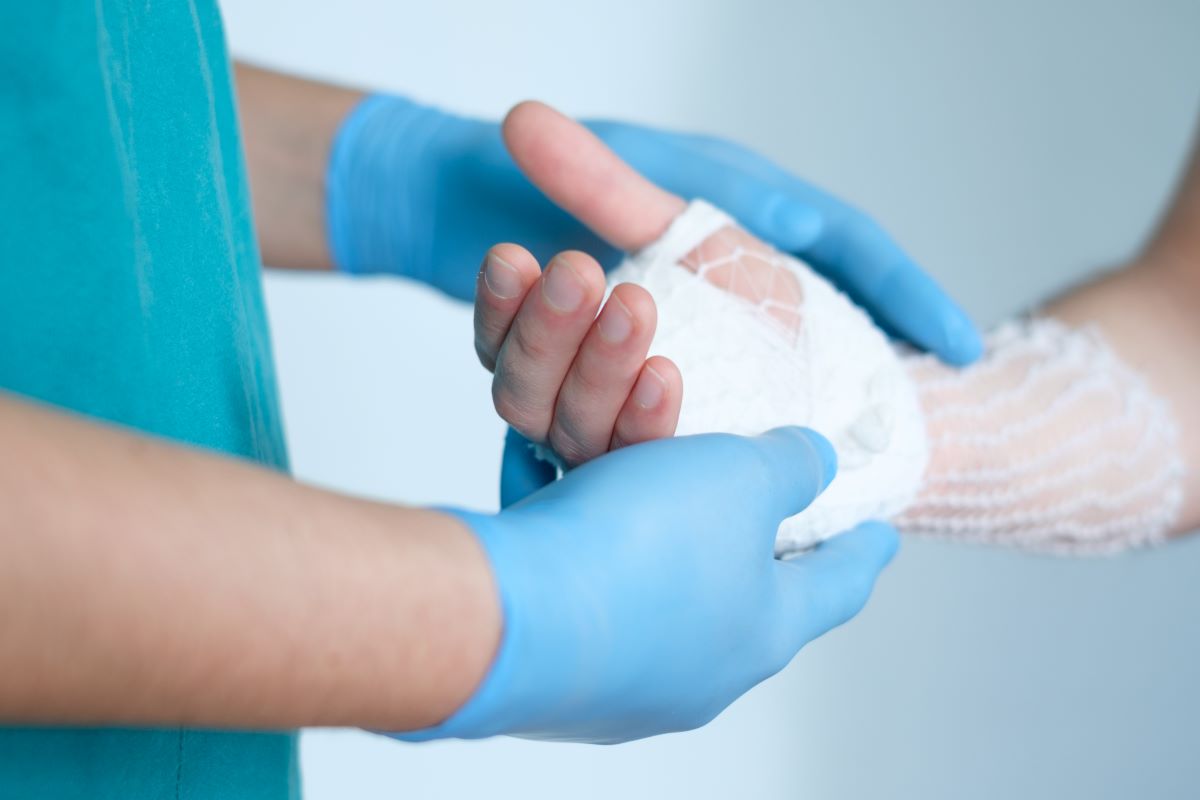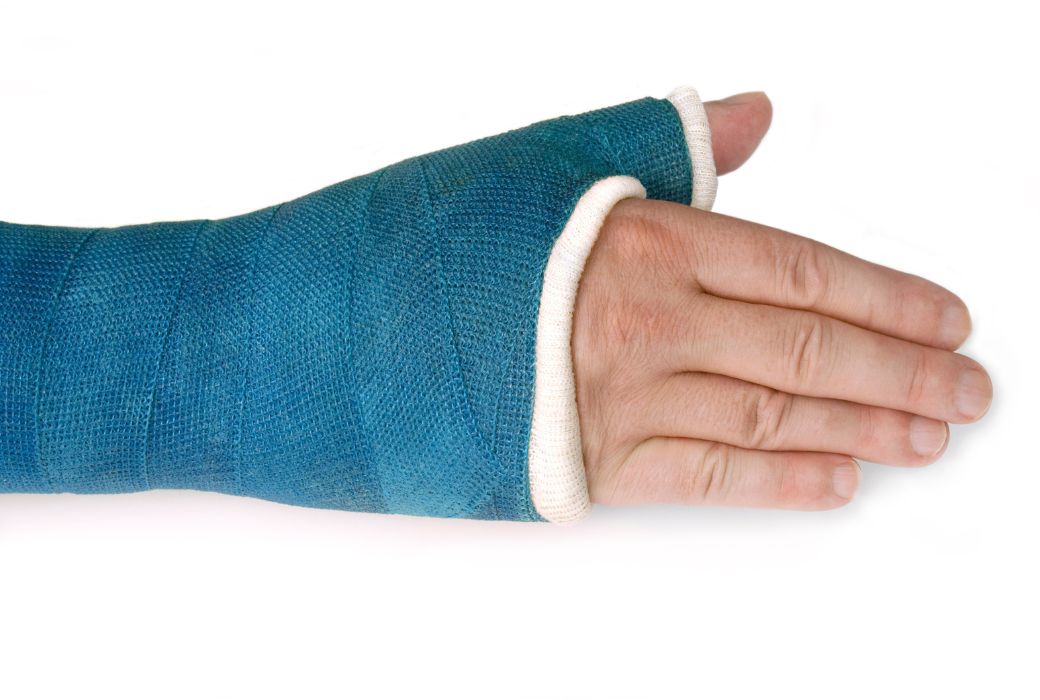The prospect of surgery can be daunting for some people. While some concerns are natural, it is often the unknown that worries people the most. Hand surgery may not be as common as some other orthopaedic surgeries, but the general outlook on recovery remains; patients with a more positive and proactive approach to recovery will often do better post-operation.
This blog will discuss the various stages of recovery post-surgery, including recovery times, pain management, potential complications, and what lifestyle adjustments you may need to make.
What are the different types of hand surgery?
Everyone’s approach to recovery post-hand surgery will differ, but the type of surgery will also affect the healing process. Hand surgery can involve lots of different procedures, with varying measures of outcome, whether it is to restore hand and finger function, or as a preventative measure for further degeneration. Each surgery will depend on the underlying cause of the problem, whether that be a bone fracture, arthritis, or ligament injury, for example.
Some of the most common hand surgeries include:
- Bone stabilisation/re-alignment (Hand fracture or finger fracture)
- Fasciectomy (Dupuytren’s disease)
- Tendon repair/reconstruction (Trigger finger or De Quervain’s disease)
- Ligament reconstruction (Thumb ligament rupture)
- Joint replacement/Arthroplasty (Finger arthritis or thumb arthritis)
Each surgery will come with different levels of recovery, including post-operative care, recovery time, hand function and pain management.
Post-operative care for hand surgeries
Immediately after hand surgery, the post-operative phase of recovery will begin. This will typically occur in a recovery room where you can rest and be monitored by healthcare staff. Your vital signs and pain levels will be observed to ensure you have had no adverse reactions to the surgery.
Each different surgery will require different levels of post-operative care, as more intrusive surgeries such as Dupuytren’s disease will require heavier bandaging and Plaster of Paris as opposed to, for example, a Ganglion cyst removal surgery.
During some surgeries, you may receive either local anaesthesia or general anaesthesia. Local anaesthesia involves an injection around the site of the operation to numb the hand, and general anaesthesia is used so the surgery can be performed while you are unconscious, for example, a Jersey Finger surgery. After your operation, you may still feel the effects of the anaesthesia, such as numbness, feeling dizzy, or experiencing a headache. These symptoms are normal and should fully wear off after 24 hours.
Finally, many people are curious about the time they need to wait before going home following a hand operation. Luckily for hand surgeries, unless there have been any complications, you won’t be required to stay overnight, and will usually be discharged the same day. For operations using local anaesthesia, you may only need to spend an hour or two in the hospital. For surgeries requiring general anaesthesia, you will likely spend a half day in the hospital.
Pain management after a hand operation
Perhaps the most daunting aspect of surgery for most people is pain. Going under the knife will ultimately result in some pain, due to the incision area becoming inflamed and tender, which is important for wound healing and repair. However, many measures are taken to minimise the effects of pain as much as possible.
As we mentioned above, most hand surgeries will receive some level of anaesthetic to numb the site of operation, and ease you into the pain coming out of surgery. In addition to this, you may be prescribed some pain medication for the early stages of recovery.
Each individual also has a different pain threshold, making each surgery unique to that individual, and how they manage their pain. Generally, you can expect to experience some level of pain post-operation, but this should gradually ease as you begin to improve.
What is the recovery timeline for a hand operation?
The recovery period after a hand operation significantly varies and depends on the complexity of the surgery.
Generally, for hand surgeries, the aftercare involves keeping the hand clean and dry until any stitches are removed (usually about 2 weeks post-surgery). If you experience swelling in your hand, you can ease this by keeping it elevated. Swelling should generally subside one to two days after surgery.
A common belief among people who have received surgery is that the operated body part should be kept still for fear of pain or damaging stitches. This common misconception is often more damaging to the affected hand, as refraining from moving or using your hand can result in stiffness and a longer recovery time. If your hand has been immobilised in a split or plaster cast, but your fingers are free to move, it is important to move them as much as you can.
In the days or weeks after surgery, you should begin to notice a gradual improvement in your pain and your hand’s functionality. Depending on your procedure, you may be asked back into the hospital to receive postoperative checkups, removal of your plaster cast or begin hand therapy. For instance, in the case of the surgery for the Base of thumb arthritis, hand therapy typically begins after the removal of the plaster cast at 6 weeks. With persistent hand therapy, recovery from this surgery can take between 9-12 months.
Potential complications with hand surgery
As with any surgery, there are potential complications that must be addressed pre-operation. These risks involve:
- Risk of infection
- Injury to nerves, blood vessels, tendons, ligaments, or surrounding tissue
- Scar sensitivity
- Recurrence of injury and further surgery to rectify
- Chronic Pain Syndrome (CPS) / Complex Regional Pain Syndrome (CRPS) – chronic pain and stiffness due to an adverse reaction following the surgery. Learn more about Complex Regional Pain Syndrome.
Ladan Hajipour is a professional hand and wrist surgeon, based in Manchester, with over 10 years of experience in the hand and wrist field. Offering specialist advice and treatment, Ladan Hajipour can help you recover quickly and effectively, no matter your injury. Book your appointment today.
Lifestyle adjustments following hand surgery
To aid your recovery, it can be useful to make some home adjustments to reduce strain on your injured hand, for example, installing a handrail in your kitchen or bathroom. If you live with a friend or family member, asking for assistance with tasks such as cooking or cleaning during the early stages can considerably reduce strain on your hand. It is important to remember however that you must still use your hand where possible to reduce stiffness.
In most cases of hand surgery, tasks such as driving should be halted for approximately 2 weeks to allow time for your hand to heal and strengthen.
Time off work will also depend on your job. Light manual workers might expect to take 2-3 weeks off work, while heavy manual workers should not return to work for at least 6 weeks. Speak to your healthcare professional for advice on returning to work following your hand surgery.
While all surgeries or medical procedures can be a daunting prospect, knowing what to expect post-operation can make the recovery process easier and quicker for all. Each recovery scenario is unique and personalised to the individual and surgery.
This guide should help you be prepared for what to expect immediately out of the operating theatre, to the weeks and months following surgery. Ensure to always follow your surgeon’s advice and stay committed to the rehabilitation process, and look forward to a fully or better functioning, pain-free hand in the future.
To find out more about each hand condition and their surgical procedures, book an appointment or call 0161 7720961 to get in contact.




